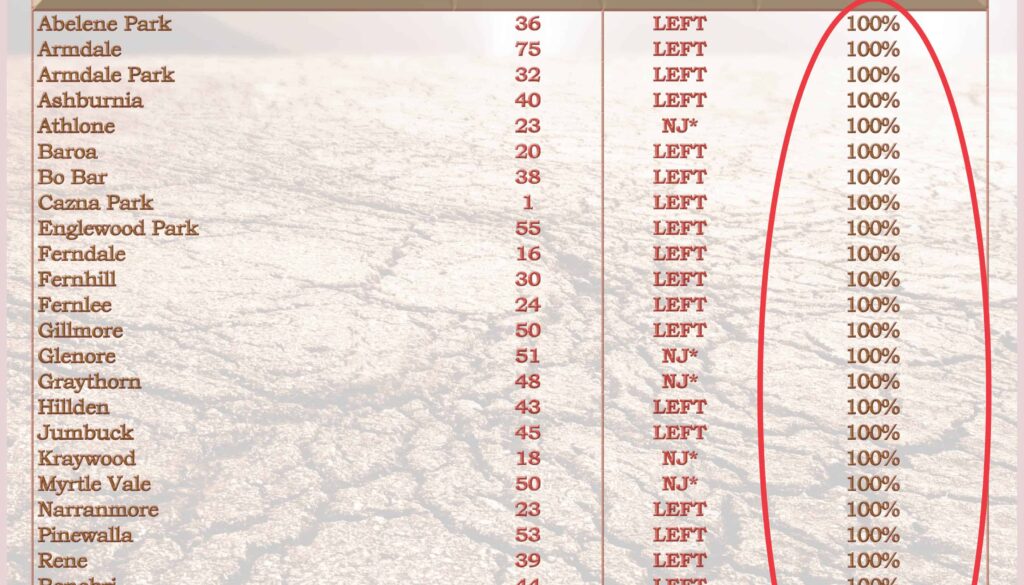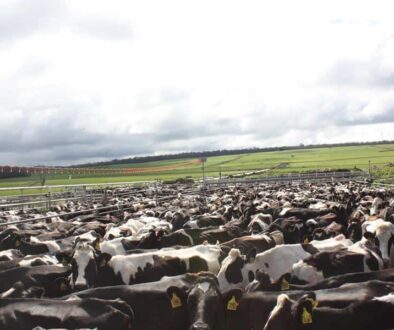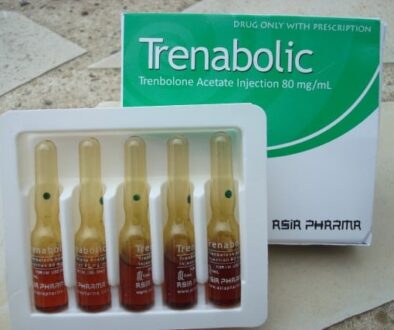Computer Generated Breeding Values (CGBVs)
The recent full page advertisement taken by a group of Australia’s leading Poll Dorset Stud Sheep Breeders publicly announcing their dissatisfaction with ASBVs commonly known as Lambplan struck a chord with me. Anyone who has ever spoken with me or read any of my writings will be clear that I passionately believe the heavy use on CGBVs have done much damage to the economic functionality of our beef and dairy cattle. Whether we are speaking of EBVs in beef cattle, APRs in Australian dairy cattle or BWs in New Zealand dairy cattle – the disconnect between the continuing improvement of the figures not being reflected in the ensuing progenys’ performance (in commercial) herds is consistent. Most Countries in the World are using CGBVs for genetic evaluation.
I am all for the collection and accurate analysis of actual raw data. Problems occur when academics apply assumptions and weightings to the raw data values and convert them into (usually) a single numbered index value. Commercial producers are urged to use these values when making their genetic selections. These CGBVs have turned into marketing tools and the weight put behind the promotion of these systems versus any accurate evaluation of their affect is very unbalanced.
And as these Poll Dorset Breeders rightly pointed out – designed and monitored by people who have never bred or fed an animal in their life.
Let’s look at the Angus breed which has been viewed by all other breeds as the most successful as it had the most EBVs across the most traits first. If this system is as good as those which espouse it say, why now are there paddocks of commercial Angus cows (in good grass) with little meat on them? In a breed which once stood alone in its ability to maintain good body condition, rear a good calf and rebreed in nutritional environments where many other breeds would die!
The problem in the Angus Breed is that the Society and the ‘big’ seed stock players are so entrenched in this system they cannot even contemplate that it is not doing what it is marketed as doing.
When one steps back and takes a look the picture is clear – as the figures get better the cattle get worse. Paper cattle when commercial producers (who pay all the bills of seed stock suppliers and those behind these figures) require paddock cattle.
The serious problem in the industry is that the ability to accurately assess livestock by visual physical appraisal has disappeared and very inferior animals are being ‘carried’ by very questionable numbers.
So many bad cattle with excuses continually being made for them – it has been dry, wet, hot or cold. Good cattle deal with whatever Mother Nature dishes out. The paper cattle do not/cannot.
And the Dairy Industry in Australia urging farmers to use APRs – Australian Profit Rankings – whose weightings are very far away from commercial reality. If these number evaluations are working for the end user (the commercial farmer) why – in Victoria in the past 13 years – has the actual real production per cow lifted by only 9% when the concentrates fed per cow gone up by 100%?
And the New Zealand Dairy Industry – there were that many complaints about how the BWs ranked animals that the control was finally taken away from those in charge. Say no more except the question begs – how many good cattle were crucified and how many bad cattle promoted?
Conceived as a tool to assist commercial breeders to make better genetic decisions and evolved as a marketing tool working for everyone for everyone accept the commercial producer who actually pays for it.
Well done to these Poll Dorset Breeders for having the courage and conviction to challenge this very, very questionable system and those behind it



